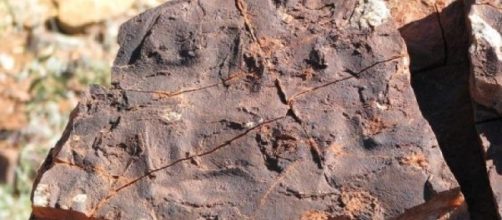Experts claim that the newly-discovered bacteria fossils are Earth’s oldest. Martin Kranendonk, a geologist at the University of New South Wales, says that he discovers distinct patterns in the rocks, and believes that these are bacteria fossils. Researchers say that the structures look exactly like bacteria and viruses as these have tiny tubes and long filaments. The strange fossils are present in the ancient rocks of the US and Canada.
Oldest fossils of microbes
On Tuesday, Martin and his team reported that the fossils might be oldest, and the remains of microbes reveal that our Earth’s age is approximately 4.6 Billion Years.
However, Scientists do not know anything about the characteristics of the ancient bacteria and viruses. Kranendonk says that he will team up with geologists at the University of Oxford to examine the properties of the newly-discovered fossils. The researcher believes that life here got off to a very early start, but he has yet to prove his point and needs further research.
What’s next?
Previously, William Schopf at the University of California teamed up with some geologists to find out world’s oldest fossils. He said Jack Hills are the oldest rocks in the world and have many fossils. Nowadays, researchers believe that the structures found in these rocks are of oddly shaped animals.
Martin aims to study the fossils found from Jack Hills.
He begins to collect samples from different parts of the country, and will soon examine all specimens. He says that the bacteria fossils date back about 3.2 billion years, and undergo various changes. It is impossible to say anything about the original structure and shape of oldest bacteria, but Martin and his team will soon begin an experiment on fossils found in Greenland, and shallow waters.
Scientists argue that these are about 3.7 billion years old, but Martin says that the organisms are not older than 3.2 billion years. In a recent study, published in the journal “Nature,” Mattew Papineau at University College London revealed that rocks are slightly older than the fossils present there. These formed as a result of geological activities, stretching across four square miles on the coast of Hudson Bay.
Martin’s mission is to collect all samples and examine in his own lab before he publishes his findings. Researchers claim its age is 3.7 billion years, but bacteria fossils are not older than 3.2 billion years.

